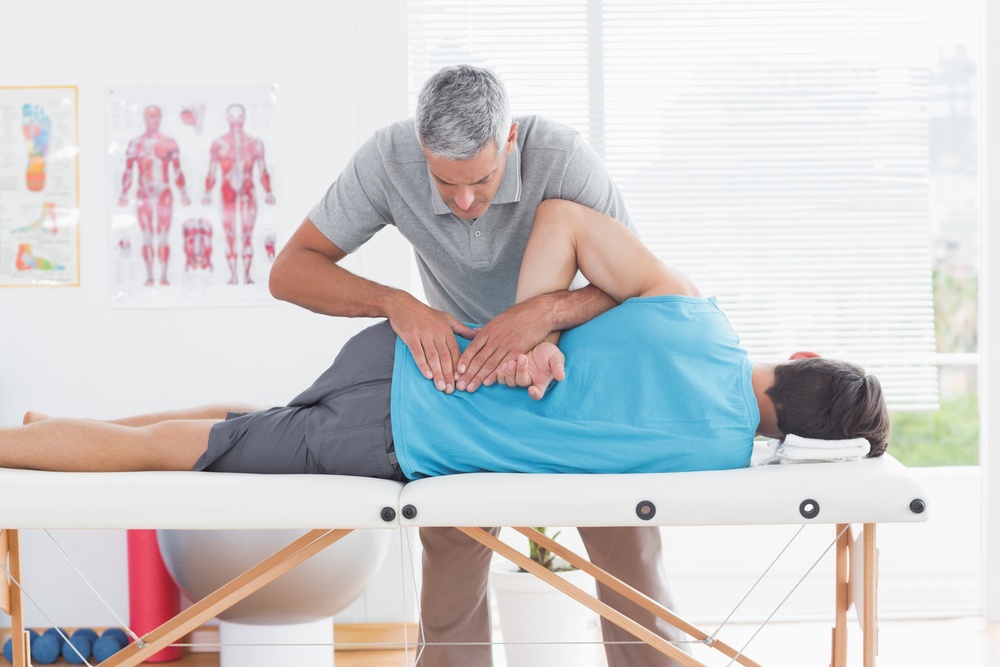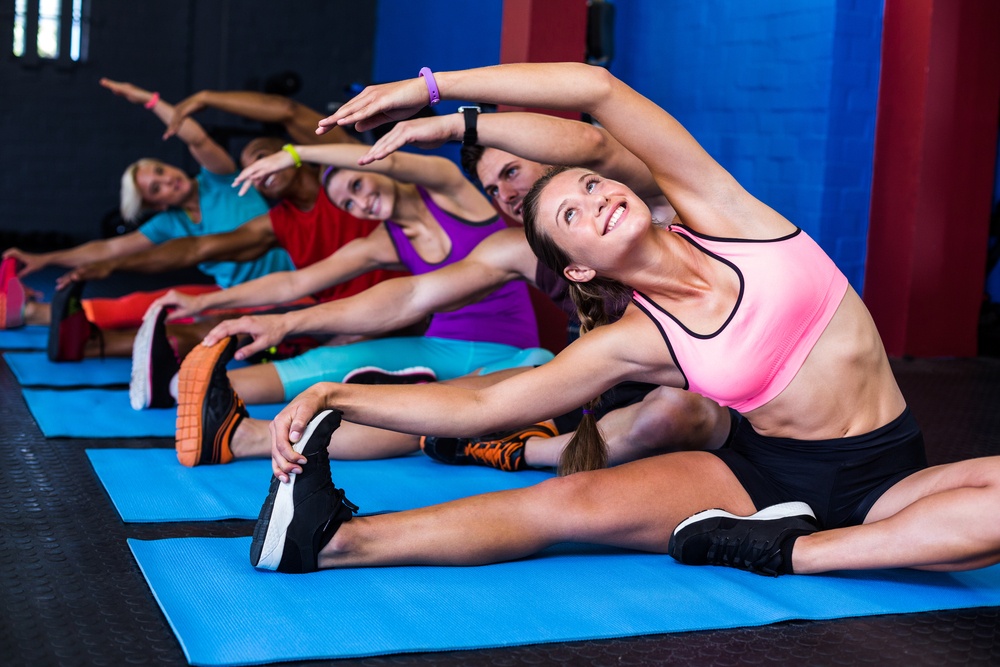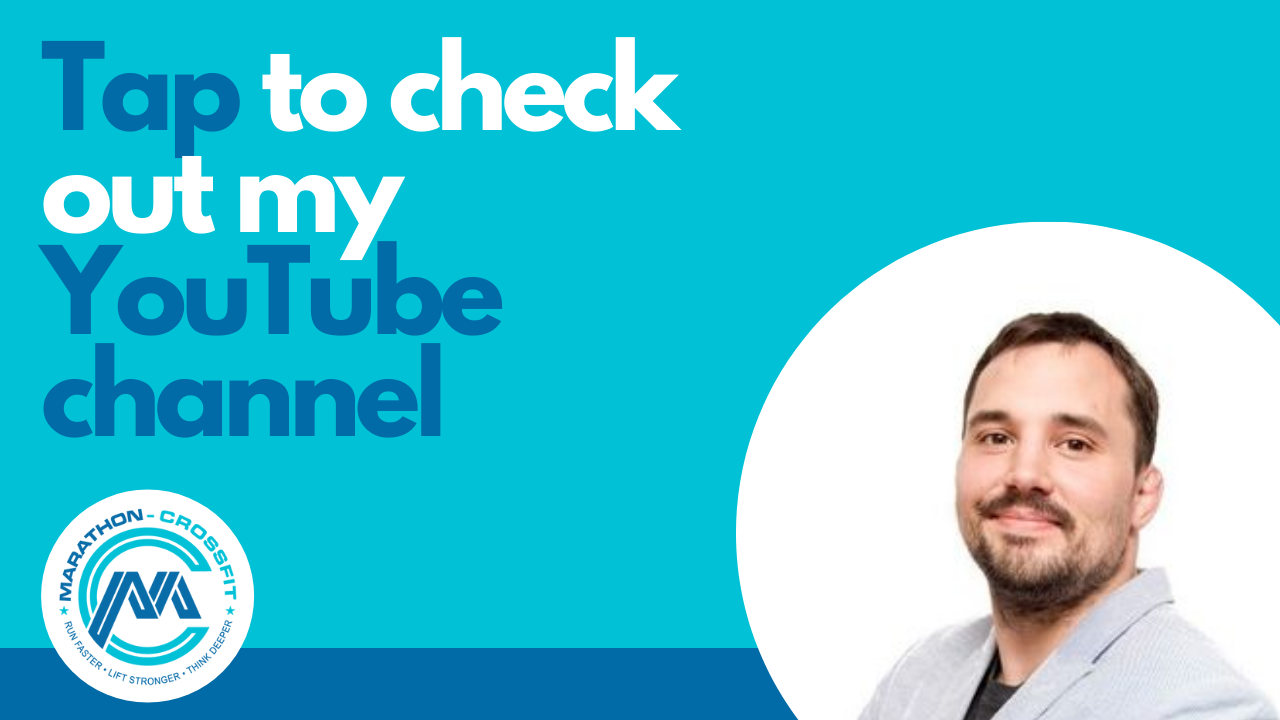How years of quality cossack squats easily help your fitness
A hot topic around CrossFit, weightlifting and powerlifting is the depth of your squat and whether you should squat Ass to Grass and how far you have to go below parallel. Before even going there from my personal experience and from what I can see around me it is vital to first establish the mobility to even have the debate of squatting low. I tried a lot of static stretching and dynamic stretching to fix my shortened Achilles tendons to squat deeper. Once I started to focus on the hips and further the kinetic chain with Cossack squats and overhead squats I got results. Read this to see what works and what to avoid.
Common mobility issues
The most common mobility issues I see in my training when it comes to the three big lifts, the squat, bench press and deadlift are stiffness in the hip, limited ankle mobility, lower back stiffness and shoulder rotator cuff injuries. In the world of running, I happened to see knee and foot injuries the most.
From what I can gather this also seems to be the case in more general across the CrossFit, powerlifting and weightlifting community as there are many articles, classes and coaches reflecting on the topic and charging money in various forms to fix mobility issues. One of the most mentioned books in relation to mobility would be the Supple Leopard by Dr Kelly Starret.
Stiffness in the hip and lack of ankle mobility usually lead to the heels coming off the ground during the squat. This puts you in a weaker position to set new PRs and leaves pounds on the bar. From my own experience, I can say that squatting “Ass to grass” in training will result in better results, even if you do not have to go as deep in your personal best attempts.
Lower back stiffness from deadlifting can lead to nasty injuries of the spine and lower back pain which limits your capabilities to train hard and push yourself. Also here I speak from personal experience when I hurt my lower back and could not even pull 140kg off the ground when I was sitting at a 190kg personal best just two months before that.
Shoulder rotator cuff injuries can occur from too much bench pressing. Fortunately, I have not encountered this. Ways how you can prevent these from happening are balanced push / pull exercises (whenever you bench press also do barbell rows) and bench pressing with your elbows closer to your body instead of flared out at 90 degrees.
I have been exempt from any running injuries except blisters. Knee and foot injuries usually occur when runners overdo it and lack strength training. Other options are overstretching before a sprint or race.
Common mistakes in fixing mobility issues

The most common answer in gyms across the world and from coaches of all walks of life to mobility issues is static stretching. Static stretching means the kind of stretches you used to do back in school in which your spread your legs as wide as you can and then try to get your head to your knee to hold as long as you can.
Based on Eric Cressey’s, respected strength coach by NHL and Baseball professionals, input there are some common mistakes for mobility training.
Stretching through significant laxity means to stretch beyond your personal stiffness. Laxity relates to how stiff or loose your ligaments are based on your genetics. As Leon Chaitow and Judith Delany discuss in their book Clinical Applications of Neuromuscular Techniques: Volume 1 the ligaments seem to be generally looser amongst females and younger populations.
Avoid stretching beyond your natural end points as this is counterproductive. If you want to test whether your mobility is sufficient or just being lax try the Beighton Hybermobility screen to assess whether your mobility stinks or not.
Stretching through pain is another example of bad stretching habits. Often seen in movies, on a football pitch in television or in your local gym this is a common mistake. Yes, there are professionals stretching athletes after operations to the point of pain but those are professionals making an educated decision. When you are on your own avoid stretching through the pain. If the pain perdsists consult a doctor or Physiotherapist. An indirect approach might work better by improving your core stability. Poor core stability is also one of my main challenges now which I am actively fixing.
Positioning the band behind your head when stretching hamstrings is just a lazy way of stretching. Why stretch your neck and head when you actually want to stretch your hamstrings. Look up how to do it correctly without putting the band behind your head.
Not paying attention to your breathing is also a common mistake being done in fitness. This usually relates to not fully exhaling when you breathe out and breathing too much into the chest rather than the stomach when you inhale. When you are stretching make sure that you are tight by fully exhaling and then inhaling into your stomach on most stretches. You can also read up on this in the Postural Restoration Institute.
Two examples Pavel Tsatsouline and Tim Ferris
If you want two examples of people who utilise the Cossack squat to their advantage have a look at Pavel Tsatsouline and Tim Ferris. Tim Ferris reportedly had challenges with his hip and lower body mobility. After meeting Pavel and applying his advice on Cossack Squats combined with more overhead squats to warm up for his sessions he saw remarkable improvements. About Pavel himself, you just have to watch one of hit kettlebell squat instructions to get an idea of what the Cossack Squat can do for you. For me, it worked wonders. After a month of doing 2 x10 Cossack Squats in my warm ups, my Pin Squat went up from 250kg to 280kg and my front squat from 90 to 110kg.
How to do the Cossack squat
The Cossack squat is a squat in which you will put most of your weight on one of your legs while the other leg is kept straight and to the side. Typically, this leg has the heel on the ground while the other one carrying the weight keeps the heel on the ground always. If your heel comes off the ground, you are cheating and not getting the full benefit of the exercise to improve your flexibility.
In the beginning, you might not be able to move fully down to the bottom position of the Cossack squat which is common. Practice makes perfect. You can use doorknobs, boxes and other tools to help you progress, just keep track of your goal to finally sit down during the Cossack Squat.#
Another common mistake is to round your back during the Cossack Squat. Avoid this and keep it straight. This will carry over to better squat and deadlift form in general. Check out the videos from different sources to see how it’s done in detail.
Have a reward system
Especially taking care of your mobility is one of the most commonly overlooked training points when you do it by yourself. Incorporate the Cossack squat in each session you do to improve overall mobility and performance. Track it with the sheet I provide in this post and once done for a month reward yourself with something nice like a new pair of lifting shoes.
Have a punishment system
To form new habits, we must build in consequences and implications for when we do the desired activity and when we don’t. I recommend 100 burpees added to the next session, whenever you do not do Cossack Squats to warm up. That works for me because I hate burpees with a passion (maybe that’s why I should do more of them until I eat them up).
30 Day Cossack squat tracker
At the end of this post, you will find a simple excel spreadsheet which you can print out, laminate and then track your progress on Cossack Squats for a month. Psychologically this is usually the time needed to form a new habit and physically this is also the time to see the first noticeable changes. Try it.
Conclusion
Looking at Pavel and almost any successful weightlifter which competes at the Olympics you can see how increased flexibility and strength at the weakest points of your range of motion can make your stats explode. I am only doing Cossack squats for a month now and see significant improvements. If you do them for years you might become a beast like Pavel and they are very easy to do.
Further reading
- Are you sure about wearing the right shoes for squatting
- Bench press or squat first
- Bench press in a squat rack
- Better breathing makes your squat stronger
- Breathing Squat
- Can kettlebells swings replace squats
- Can you squat and deadlift on the same day
- Challenge, Sore
toda , Strong tomorrow - Confidential: Get rid of the machines and hire the squat
- Detailed Smolov squat routine review
- Eager to know about wearing the right suit for squatting
- How to perform a back squat for
crossfit for beginners - Overcome these sins of the squat
- Squat: How many reps
- Squat: How to improve
- Squat: When to inhale and exhale
- Squat without pads
- Squat Calculator [Free Downloads]
- The Truth squat or lunges?
- Ultimate 30 day squat challenge that
tighten and tone - What squat is best
- Why are there so many squats in Stronglifts 5x5



